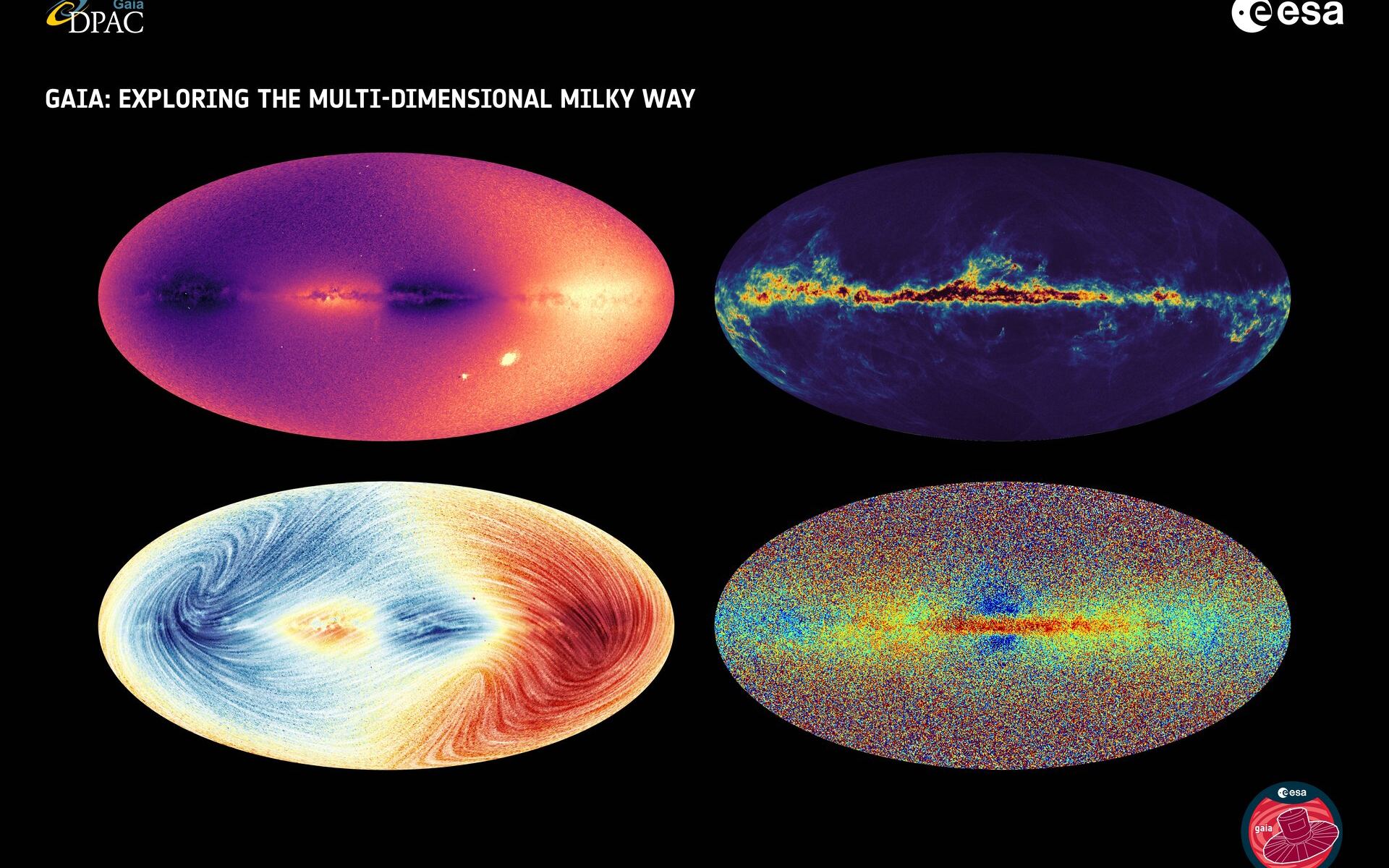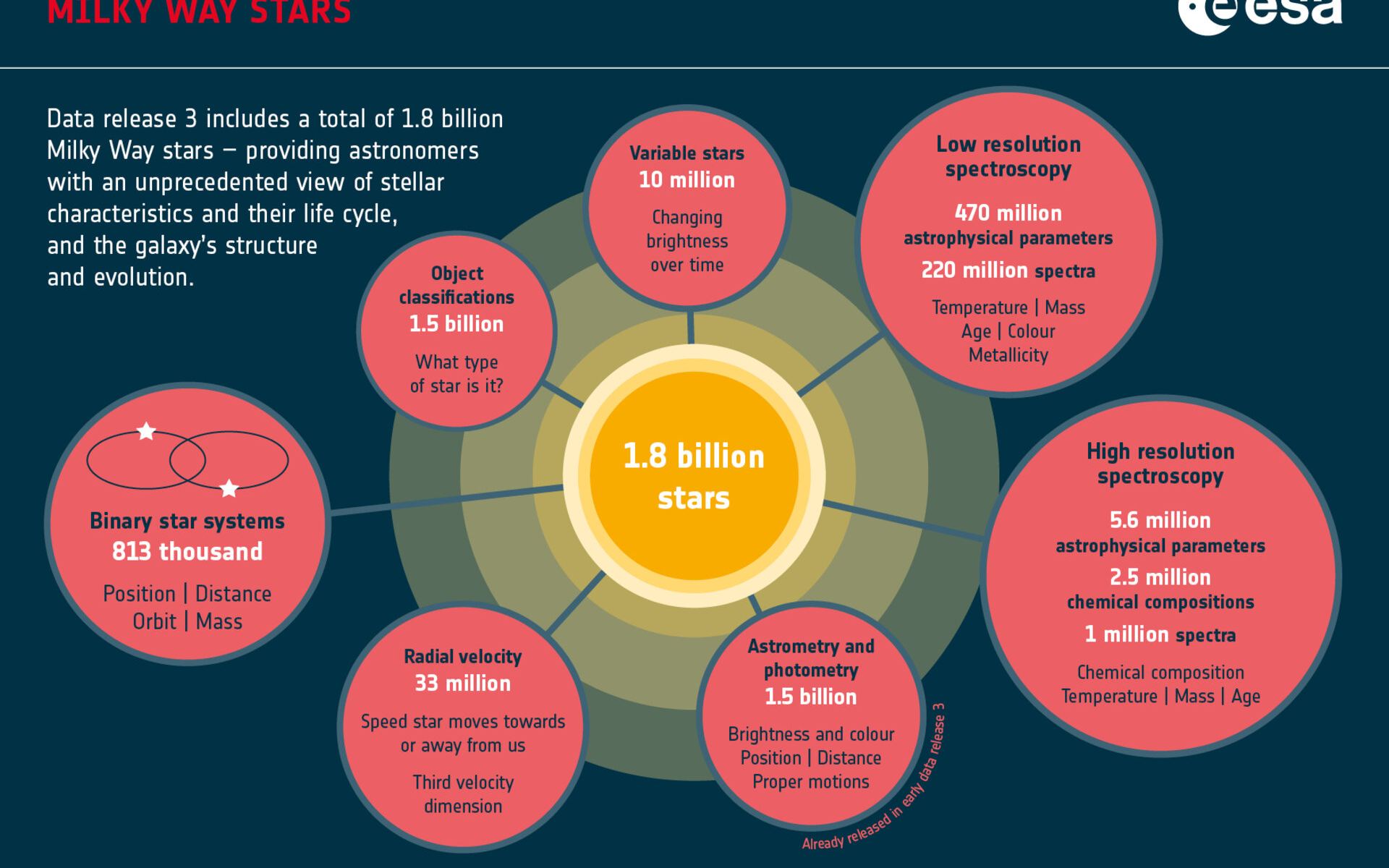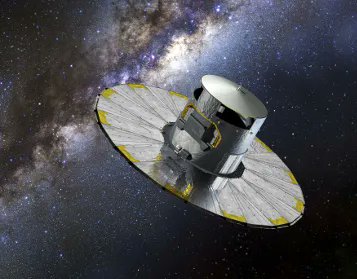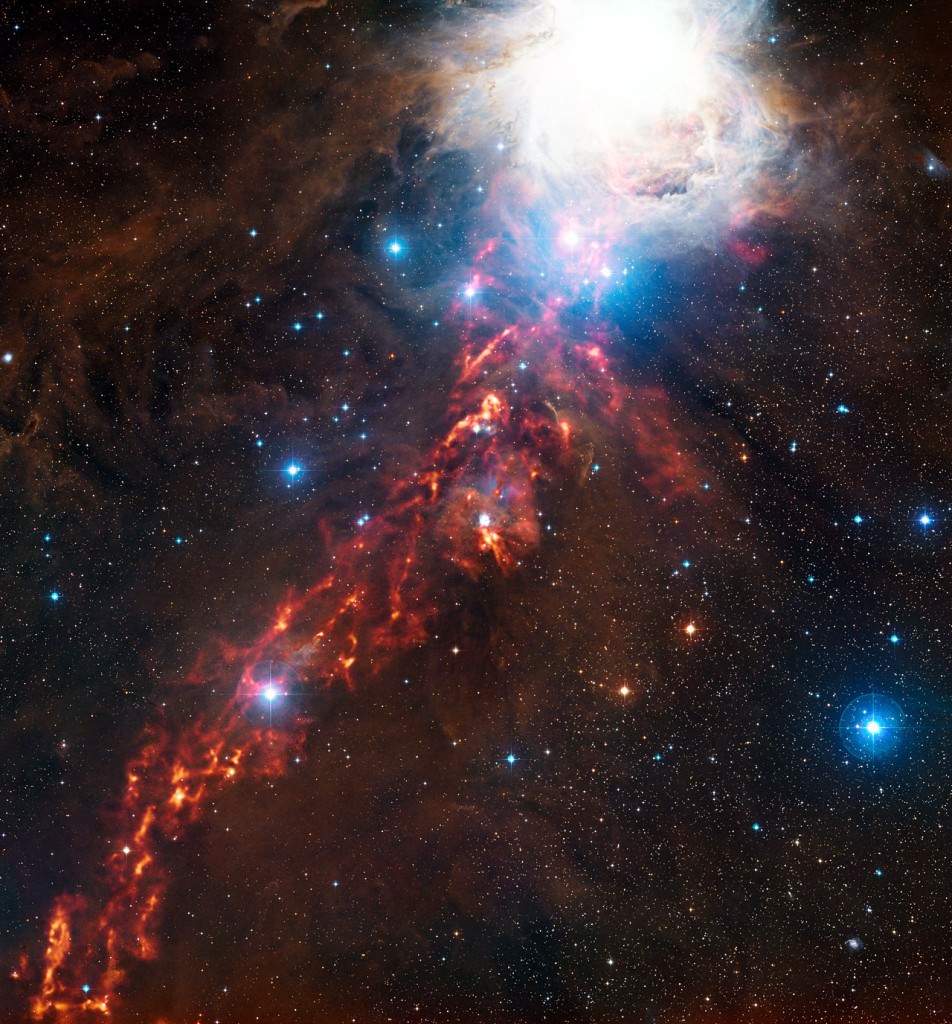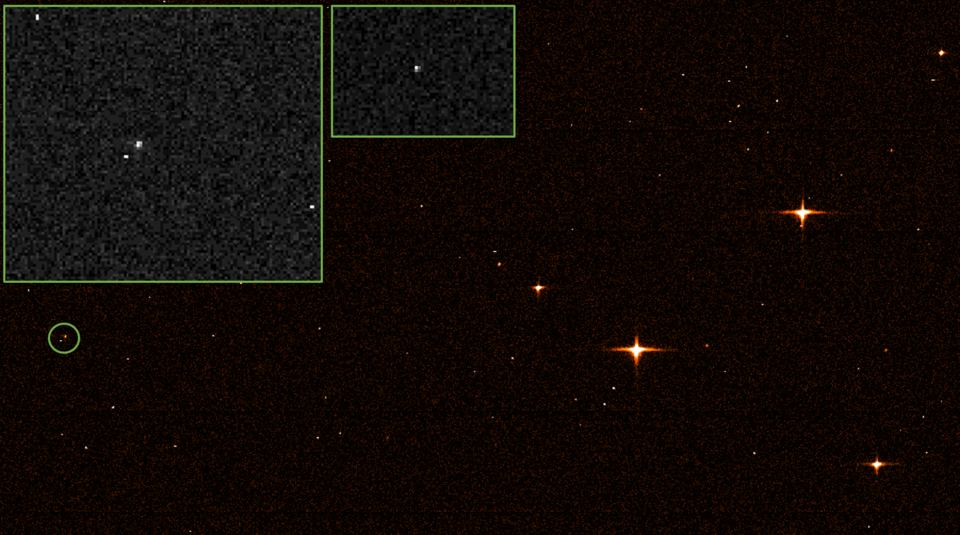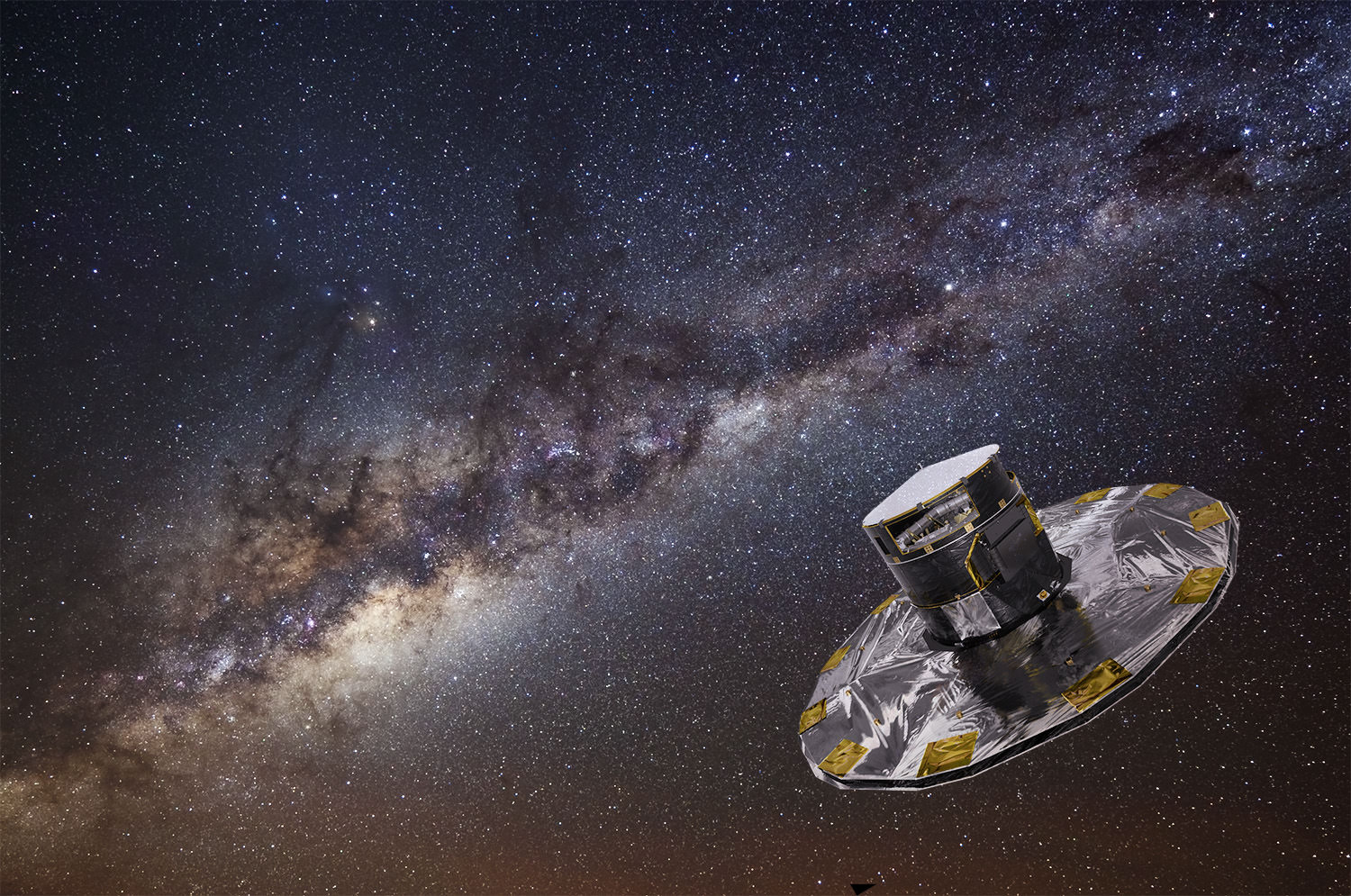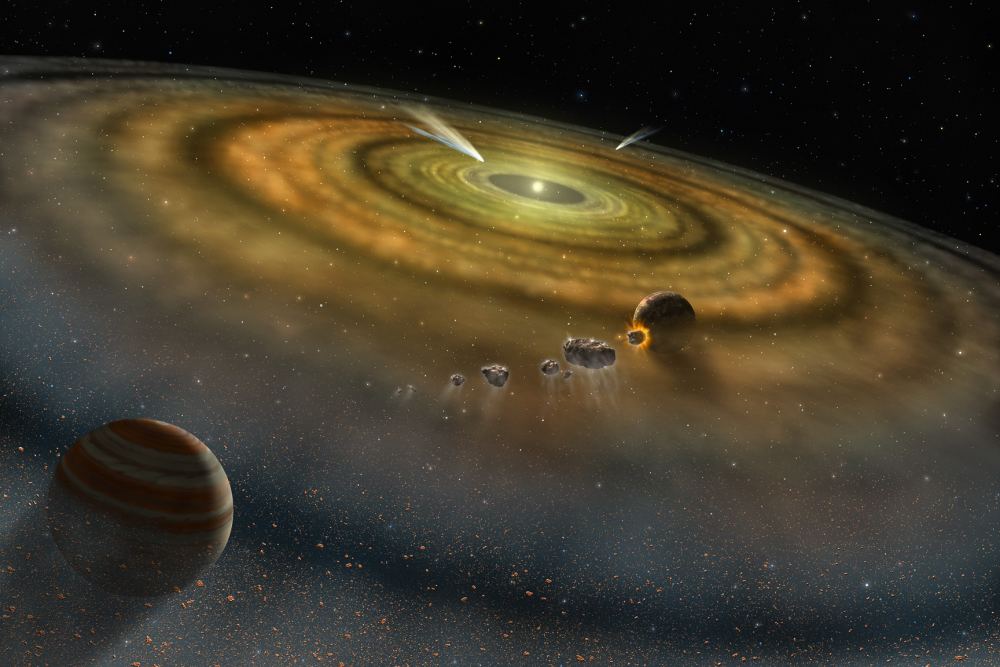In 1916, Karl Schwarzchild theorized the existence of black holes as a resolution to Einstein’s field equations for his Theory of General Relativity. By the mid-20th century, astronomers began detecting black holes for the first time using indirect methods, which consisted of observing their effects on surrounding objects and space. Since the 1980s, scientists have studied supermassive black holes (SMBHs), which reside at the center of most massive galaxies in the Universe. And by April 2019, the Event Horizon Telescope (EHT) collaboration released the first image ever taken of an SMBH.
These observations are an opportunity to test the laws of physics under the most extreme conditions and offer insights into the forces that shaped the Universe. According to a recent study, an international research team relied on data from the ESA’s Gaia Observatory to observe a Sun-like star with strange orbital characteristics. Due to the nature of its orbit, the team concluded that it must be part of a black hole binary system. This makes it the nearest black hole to our Solar System and implies the existence of a sizable population of dormant black holes in our galaxy.
Continue reading “Astronomers Find a Sun-like Star Orbiting a Nearby Black Hole”

